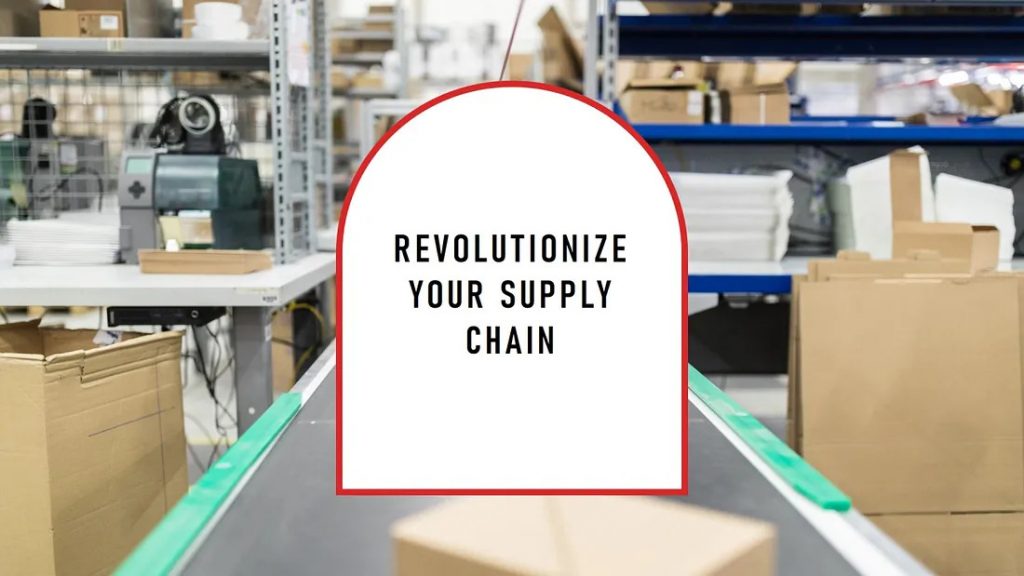
In modern supply chains, critical information is often buried within unstructured documents — scattered across PDFs, Word files, images, and scanned documents. Unlike structured databases, these files contain valuable but hard-to-access data, making automation essential for efficiency and accuracy.
Imagine a supply chain professional manually reviewing thousands of invoices, purchase orders, or lab reports to track supplier compliance, batch movement, or product details. This is not only time-consuming but also prone to human error. Fortunately, advancements in AI, OCR (Optical Character Recognition), and NLP (Natural Language Processing) now make it possible to automatically extract structured supply chain data from these unstructured sources.
Before diving into how this extracted data can be used, it’s important to understand the variety of documents found in supply chains and the unique information they contain.
Most Common Document Types Found in Supply Chains
The following table summarizes the most common types of documents we at TilliT came across when working with supply chains in domains such as agriculture, alcohol, fashion and gems.
Procurement & Financial Documents
These documents deal with purchasing, payment, and financial transactions between supply chain entities.

Shipping & Logistics Documents
Documents that facilitate the movement and tracking of goods in transit.

Customs & Compliance Documents
Documents required to meet legal and regulatory requirements for import/export.

Inventory & Stock Management Documents
Documents that track materials, components, and product movements within the supply chain.

Quality & Sustainability Documents
Documents related to product quality assurance and sustainability practices.

Transforming Extracted Data into Actionable Supply Chain Intelligence
Once data is extracted from various supply chain documents, it doesn’t exist in isolation. Instead, it forms a comprehensive digital picture of how a supply chain is structured and operates over time. By systematically organizing this data, businesses can gain deep insights into their suppliers, materials, products, compliance status, and even real-time batch movements.
This extracted data can be categorized into two main areas:
- Supply Chain Configuration Data — A foundational dataset that describes the supply chain’s structure, key entities, and static attributes.
- Dynamic Tracking Data — A continuously updated dataset that captures how materials and products move through the supply chain in real time.
➊ Supply Chain Configuration Data (Static Data)
This type of data establishes the structural and operational framework of a supply chain. It provides answers to key questions such as:
🔘 Who are the suppliers and manufacturers?
🔘 What materials and products are being traded?
🔘 What sustainability and compliance standards are met?
🔘 Where are the key supply chain locations?

By integrating data extracted from documents such as invoices, purchase orders, certificates, bills of lading, product catalogues, and facility-related records, the following supply chain configuration elements can be derived:
🔹 Supplier Information
- Extracted from: Invoices, purchase orders, certificates, supplier declarations.
- Key Data: Supplier name, business registration details, locations, accreditation status, trade relationships, and contact information.
- Business Value: Helps in supplier vetting, risk assessment, and ensuring regulatory compliance.
🔹 Material & Product Information
- Extracted from: Bills of materials (BoM), product catalogues, invoices.
- Key Data: Material composition, SKUs, product categories, certifications, country of origin.
- Business Value: Essential for product traceability, quality assurance, and ensuring compliance with sustainability standards.
🔹 Chain of Custody & ESG Practices
- Extracted from: Certificates, inspection reports, sustainability reports, supplier declarations.
- Key Data: Certification details (e.g., GOTS, FSC, Fair Trade), environmental impact reports, ethical sourcing commitments, labor conditions.
- Business Value: Provides insights into responsible sourcing, fair labor practices, and environmental impact reporting.
🔹 Facility & Geographical Data
- Extracted from: Supplier declarations, customs records, waybills, invoices.
- Key Data: Factory locations, farms, production facilities, storage sites, distribution centers.
- Business Value: Helps in mapping supply chains, identifying geographic dependencies, and assessing risks (e.g., political instability, climate-related disruptions).
🔹 Packaging & Logistics Information
- Extracted from: Packing lists, bills of lading, transport manifests.
- Key Data: Packaging types, materials used, weight, volume, transport routes.
- Business Value: Useful for sustainability analysis, optimizing packaging strategies, and reducing carbon footprint.
🔹 People & Workforce Data
- Extracted from: Labor compliance documents, supplier declarations, ESG reports.
- Key Data: Number of employees, working conditions, fair wages compliance, labor safety reports.
- Business Value: Supports responsible sourcing, social impact assessments, and fair labor practice audits.
🔹 Process & Manufacturing Details
- Extracted from: Quality control reports, bills of materials, lab reports.
- Key Data: Production methods, equipment used, raw material sourcing, quality control measures.
- Business Value: Helps in product consistency, optimizing manufacturing processes, and ensuring compliance with industry standards.
🔹 Stock Images & Product Visuals
- Extracted from: Product catalogues, lab reports, inspection certificates.
- Key Data: Product and material images, compliance-related visuals, defect reports.
- Business Value: Enhances product traceability, supports marketing efforts, and improves visual verification in quality assurance.
Once compiled, this supply chain configuration data serves as a digital blueprint of the entire supply network, helping companies analyze their operations, improve decision-making, and ensure compliance with global regulations.
➋ Dynamic Tracking Data
While supply chain configuration data provides a static view, dynamic tracking data brings real-time insights into product movement, batch-level tracking, and compliance monitoring. This data is derived from bills of lading, transaction certificates, transport manifests, test reports, IoT sensor data, and warehouse logs.

🔹 Batch & Lot Tracking
- Extracted from: Bills of lading, transaction certificates, goods receipt notes, stock transfer orders.
- Key Data: Batch numbers, lot IDs, expiration dates, supplier information.
- Business Value: Helps in tracing batches across multiple supply chain tiers including batch splits and merge, identifying affected batches during recalls, and ensuring compliance with regulations.
🔹 Supply Chain Movements & Logistics
- Extracted from: Waybills, transport manifests, customs declarations, delivery notes.
- Key Data: Shipment origins, destinations, estimated arrival times, carrier details.
- Business Value: Enables real-time tracking of goods, optimizes delivery times, and reduces risks of shipment losses or delays.
🔹 Testing & Inspection Data
- Extracted from: Lab reports, quality control reports, inspection certificates.
- Key Data: Material test results, product safety compliance, contamination reports.
- Business Value: Helps in quality control, identifying defective batches, and maintaining compliance with safety regulations.
🔹 Environmental & Storage Conditions
- Extracted from: IoT sensor logs, sustainability reports, lab test reports.
- Key Data: Temperature monitoring, humidity levels, storage conditions, carbon footprint metrics.
- Business Value: Ensures compliance with cold chain logistics, minimizes product spoilage, and improves sustainability reporting.
🔹 Geolocation & Real-Time Updates
- Extracted from: IoT tracking devices, GPS logs, logistics reports.
- Key Data: Live location of shipments, transit status, estimated delivery times.
- Business Value: Provides real-time visibility into supply chain flows, helping logistics teams optimize routes and manage risks.
Putting Both Types of Data Together
Combining static and dynamic data extracted from various unstructured documents enables a supply chain to map the key stages in the value chain and record the important data points. It also sheds light on the movement of batches between different stakeholders and the transformations those batches undergo while in the custody of each stakeholder. These capabilities lead the way to many new use cases that gives edge to businesses in the competitive landscape. AI makes it possible to generate this unprecedented business value just by uploading a bunch of documents that are already available to a supply chain.
🔶 Enhanced supply chain Transparency
The story of each batch / product item can be built by linking data extracted from documents reflecting each stage. These data can then be presented in different interfaces for user groups such as internal business admins, regulators and consumers.

🔶 ESG Reporting
ESG metrics such as carbon footprint can be calculated with least effort using the extracted data.

🔶 Showing product claims in e-commerce
Claims such as vegan, fairtrade, fssc-certified, carbon negative can be shown together with facts backing them in product pages in web shops, leading to increased sales.

🔶 Blockchain based fact proving for each claim
Authenticity of the claims can be guaranteed by hashing the extracted data into the blockchain and using them as facts speaking for the claim.






About The Author: Admin
More posts by admin